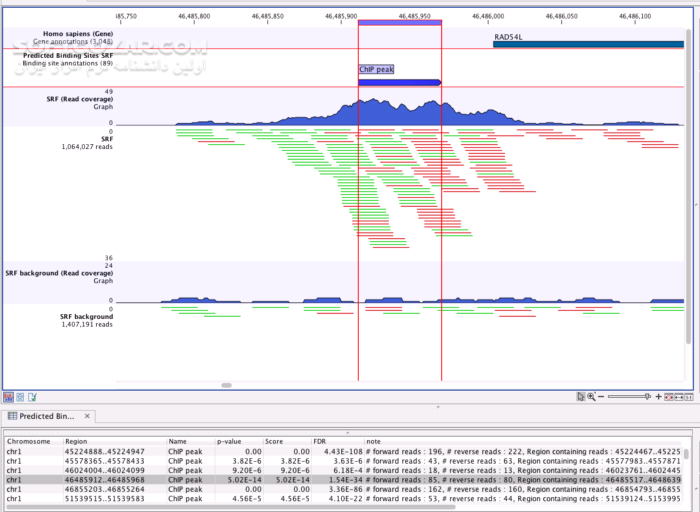

- Clc genomics workbench snp mac os x#
- Clc genomics workbench snp full#
- Clc genomics workbench snp software#
- Clc genomics workbench snp free#

I pretty much do not have any traffic, views or calls now. Posted about my SAB listing a few weeks ago about not showing up in search only when you entered the exact name.
Clc genomics workbench snp software#
The open source available software just isn't ready for use by non-bioinformatics/I.T people.I Really need some help. The main benefit of buying CLC is to "empower" the biologists to explore these data sets themselves. As stated earlier, CLC needed much more CPU time - but it was capable of multithreading for some assemblies, but Velvet was still way faster. The Linux versions were problematic with earlier versions we tried, but they did fix some issues. It seemed to need more RAM on the Linux versions than Windows. The RAM usage of CLC was quite huge when loading 1 or 2 lanes of Illumina data. The SNP reporting works well once you tell it to do 'gapped alignment' but it did miss some things we found with Shrimp, but that could be parameter setting issues. We didn't use the reference assembler much. It does show you the paired ends mapped to the result though. It appears it does by the way the GUI presents it, but tech support confirmed it doesn't use it to link contigs. The main issue is that the CLC de novo assembler did (or does still?) not support PAIRED END assembly (unlike Velvet). The results were similar to what Velvet gave (based on some resequencing results).

We found the CLC "de novo" assembler to be very slow compared to Velvet. Traditionally we have used Velvet for assembly, Shrimp/MAQ for SNP analysis, and Artemis and in-house applications and scripts for the rest.
Clc genomics workbench snp mac os x#
We also tried it on a mixture of Win32, Win64, Mac OS X and Linu圆4 machines - ranging from single core 2 GB to 8 way 64 GB RAM machines. Our main application area is prokaryotic sequencing and transcript analysis using Illumina GA2, so de novo assembly and SNP reporting was important. CLC was generous with temporary licences throughout the process.
Clc genomics workbench snp full#
The department I work within spent a fair amount of time evaluating it, and recently purchased a few full licences.
Clc genomics workbench snp free#
I hope this was of help and please feel free to post any questions or comments to this that you may have. For this reason we provide a Software Developer Kit which gives access to an extensive and well supported API and a developer community. For this reason, we are focusing on providing an open industry-strength platform that users can modify and extend. However, although we intend to provide a very comprehensive tool set we know that we can not cover all applications there is.


 0 kommentar(er)
0 kommentar(er)
